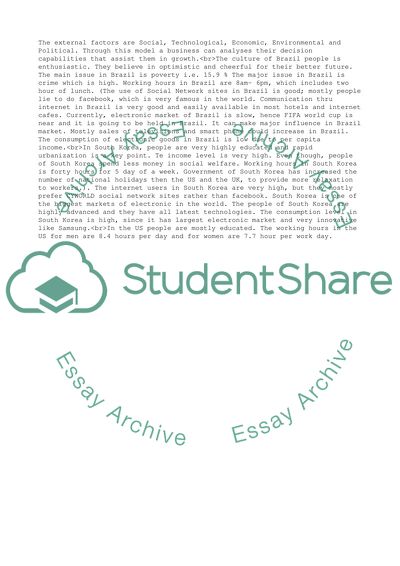Cite this document
(Global business Essay Example | Topics and Well Written Essays - 2750 words - 1, n.d.)
Global business Essay Example | Topics and Well Written Essays - 2750 words - 1. https://studentshare.org/management/1828453-global-business
Global business Essay Example | Topics and Well Written Essays - 2750 words - 1. https://studentshare.org/management/1828453-global-business
(Global Business Essay Example | Topics and Well Written Essays - 2750 Words - 1)
Global Business Essay Example | Topics and Well Written Essays - 2750 Words - 1. https://studentshare.org/management/1828453-global-business.
Global Business Essay Example | Topics and Well Written Essays - 2750 Words - 1. https://studentshare.org/management/1828453-global-business.
“Global Business Essay Example | Topics and Well Written Essays - 2750 Words - 1”. https://studentshare.org/management/1828453-global-business.


